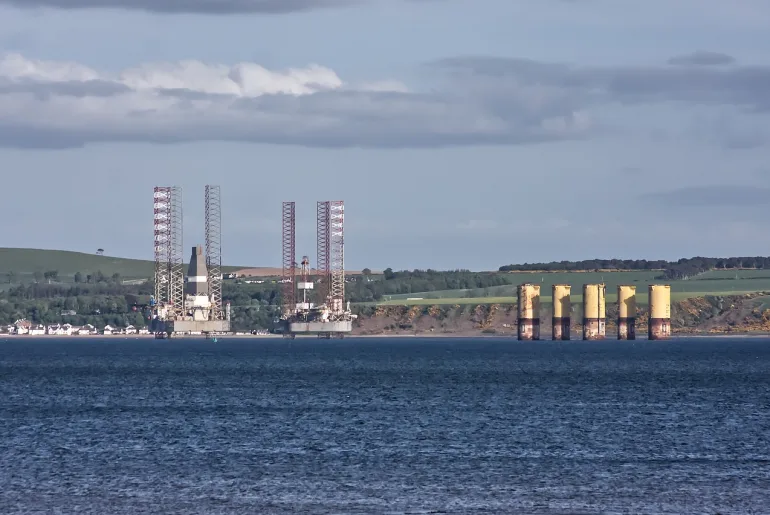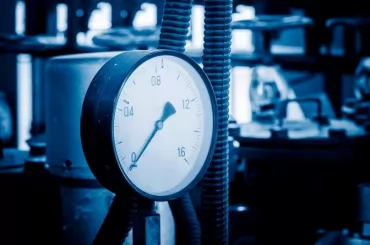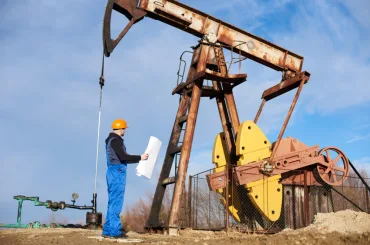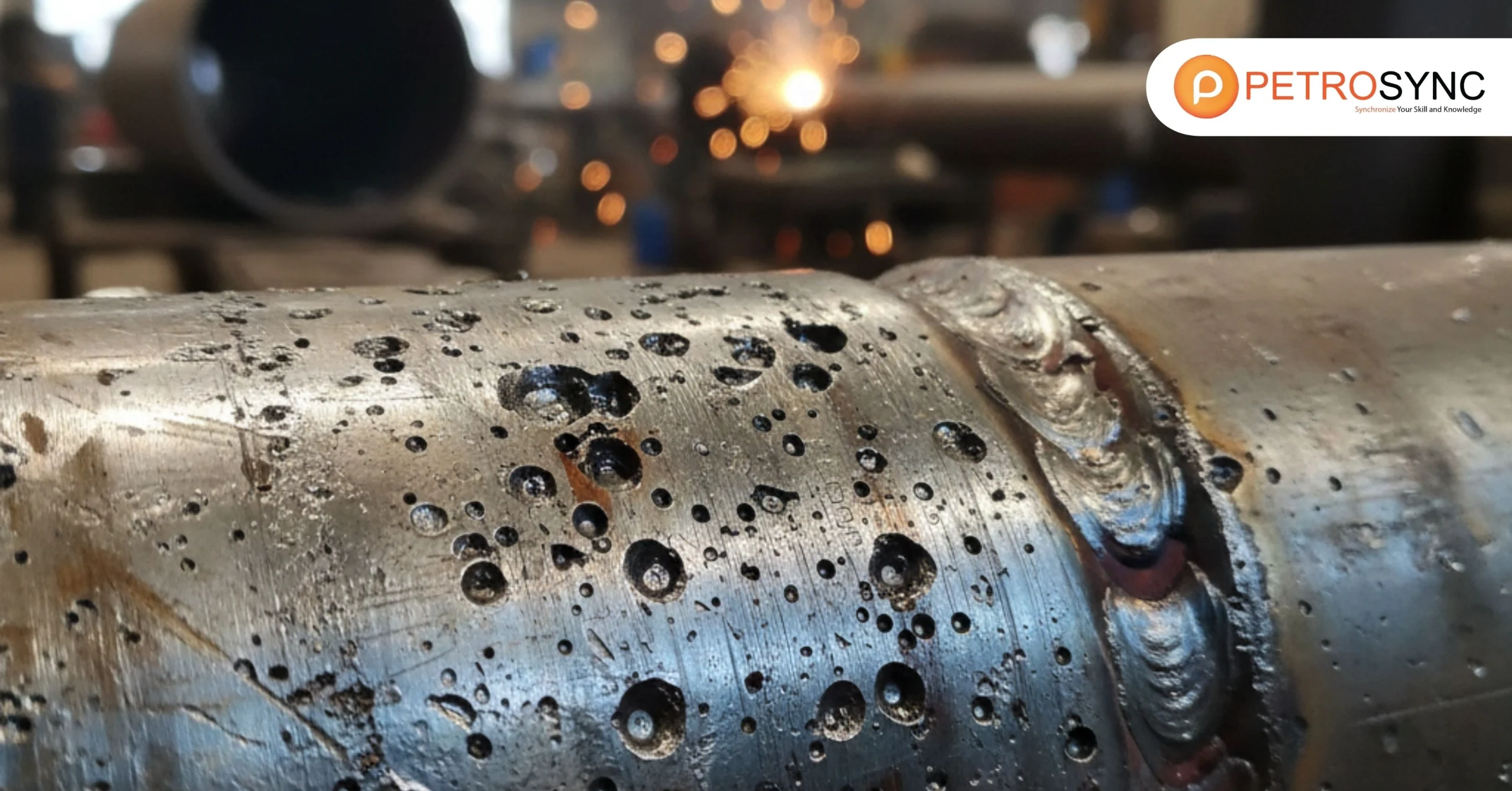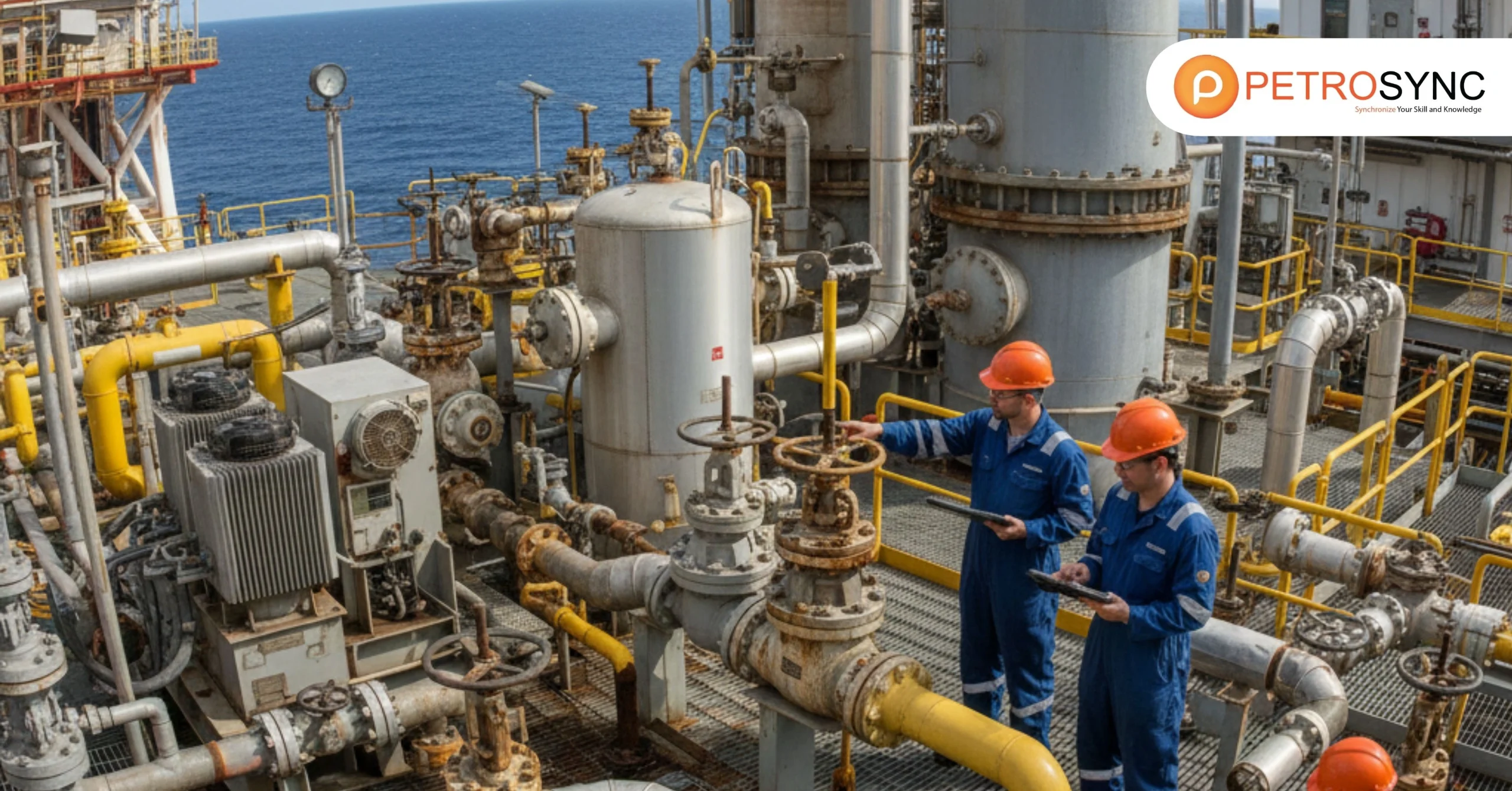The oil and gas industry relies on well intervention as a vital component of the upstream process. Well intervention involves any activities necessary to boost well production and it provides major advantages as it directly affects production optimization, wellbore cleaning, well integrity management, and cost optimization. We will discuss well intervention, used techniques, and their impact in this article.
What Is Well Intervention?
Well intervention, often referred to as well work, is any activity conducted on an oil or gas well either during its active or final production life. These activities aim to modify the well’s condition or structure, offer diagnostic assessments, or oversee the well’s production processes.
The equipment installed and completion design within the wellbore affect the type of intervention techniques that can be employed in doing a well intervention. In general, well intervention revolves around maintaining operations such as logging the wellbore, cleaning it, repairing it, replacing damaged equipment, or modifying the well to boost production or inject fluids.
What Are The Techniques Used in Well Intervention?
Engineers have several methods available to them for performing the well intervention. These methods are created to guarantee that wells maintain their productivity and efficiency in the long run. By utilizing these techniques, engineers can spot potential problems and take preemptive measures to resolve them before they turn into significant issues:
1. Coiled Tubing Operations
Coiled tubing operation does not rely on traditional drill pipes. This method involves inserting a continuous coil of tubing, typically made of steel or composite material, wound onto a large spool, into the wellbore.
This approach allows for the efficient completion of various tasks within the wellbore. Many coiled tubing applications are suitable for well cleanouts and acid stimulation.
2. Wireline (Slickline and E-line)
Oil and gas well engineers often use wirelines as a method of well intervention to perform various tasks. This method involves inserting a cable or wireline into the wellbore to deploy different types of equipment and tools downhole.
The first type of wireline, namely slickline, is a single-strand wire utilized for basic well intervention duties such as measuring wellbore pressure and temperature, setting plugs, and removing debris. This type of wire is referred to as slickline because it does not have an insulating or protective coating.
The second type, electric line (E-line), uses a multi-strand wire with insulation that conducts an electrical current downhole. It allows for more advanced well intervention activities to be performed, such as wellbore logging and perforation.
3. Snubbing Operations
The technique of snubbing is a well intervention method that enables the execution of operations on pressurized wells without the need to kill the well, and it is useful for dealing with challenging situations like live well completions, well workovers, and plugging and abandonment.
To perform snubbing operations, a pipe known as a “snubbing unit” is inserted into the wellbore while controlling the pressure. The snubbing unit usually consists of multiple sections of pipe that can be added or removed as required to reach the desired depth. After placing the snubbing unit, various tools and equipment can be used to perform several well-intervention tasks.
However, snubbing operations can be complicated, requiring specialized equipment and skilled personnel, and safety is a major concern. Operators must adhere to strict procedures to ensure that the well is adequately controlled at all times.
4. Well Control
People use well control techniques and procedures to maintain well pressure while drilling, completing, or producing from a well. Effective well control measures are essential to prevent incidents that could lead to the need for well intervention, but the need for well intervention may arise for reasons other than loss of well control.
During drilling operations, maintaining the pressure of the drilling mud, a fluid circulated through the wellbore to remove cuttings and stabilize it, is crucial to achieving well control.
If the pressure of the formation exceeds the mud’s pressure, a kick can occur, potentially leading to a blowout if not controlled. Blowout preventers (BOPs), specialized equipment that can seal the wellbore and stop the fluid release, are used to prevent blowouts.
5. Subsea Well Intervention
Subsea well intervention presents several challenges and requires thorough planning. In the past, the cost of subsea intervention often made it impractical, but in today’s economic climate, it has become more financially feasible.
These interventions are typically carried out using either light/medium intervention vessels or mobile offshore drilling units (MODUs) for more substantial tasks like snubbing and workover drilling rigs.
Light interventions usually happen while the well is still in operation and involve minor adjustments such as valve tweaks. On the other hand, heavy interventions typically require shutting down the well and may involve replacing components like tubing strings or pumps, or even sealing off and closing the well permanently.
What Is Well Testing in Well Intervention?
In well intervention, well testing is the process of measuring and analyzing the flow of hydrocarbons from a well to determine its properties, such as reservoir pressure, productivity, and fluid properties. Operators use well testing to evaluate the well’s performance and make informed decisions about production and well optimization.
Well testing can be done using various methods, including Production Testing Services (PTS) and Multiphase Flow Metering (MPFM). PTS involves using specialized equipment to measure and analyze the flow of hydrocarbons from a well under controlled conditions to estimate the reservoir’s productivity and fluid properties.
On the other hand, MPFM is a non-intrusive technique that measures the flow of hydrocarbons directly at the wellhead in real time. Both PTS and MPFM are essential tools in well intervention as they help operators optimize well production and maximize hydrocarbon recovery from the reservoir.
What Is The Impact of Well Completion on Well Intervention Operations?
Well-completion can significantly impact well intervention operations in various ways. For instance, the type of completion method, such as open-hole, cased hole, or perforated completion, can affect the ease and effectiveness of well intervention.
Open-hole completion may provide better access to the reservoir and require less intervention to maintain productivity, while cased-hole completion may need more intervention due to potential blockages or other issues.
Not just that, the efficiency and effectiveness of well intervention can be affected by the design of the completion, including the number and placement of perforations or completion equipment. A well-completion design that enables easy access to target zones or allows for simultaneous access to multiple zones can decrease the necessity for multiple interventions.
The success of well intervention can be influenced by the completion’s condition, such as the quality of the cement bond. Poor cement bonding or equipment damage can create difficulty in accessing the target zone or stimulating the well.
In general, understanding the concept of well completion that takes into account the possibility of future intervention can decrease the need for future interventions and enhance their efficiency and effectiveness. This fact encourages PetroSync to craft Well completion and Workover Operation training to be an excellent way to gain a deeper understanding of well intervention.
Through our well completion and workover training, you can learn how to identify and diagnose problems, select appropriate intervention techniques, and carry out intervention operations safely and efficiently. The training also provides valuable insights into the various types of intervention equipment and technologies used in the industry.
By investing in PetroSync’s Well Completion and Workover training course, you can gain a comprehensive overview of well completions and workover operations that maintain the integrity and availability of wells for production or injection purposes.
you will also learn about completion techniques, equipment, perforation methodologies and techniques, wellhead and downhole equipment, hydraulic fracturing, acidizing, squeeze cementing, and scale removal techniques. Join us and gain a deeper understanding of well-completion and workover knowledge with PetroSync!
Credit header image: Freepik

SEO specialist by day, fact-checker by night. An avid reader and content writer dedicated to delivering accurate and engaging articles through research and credible sources.

